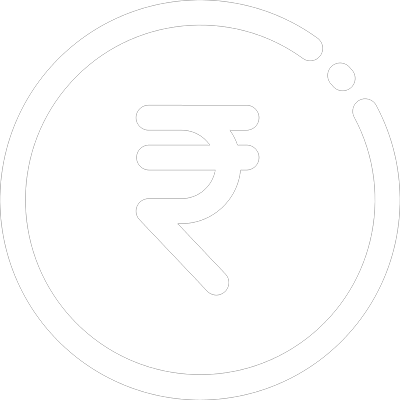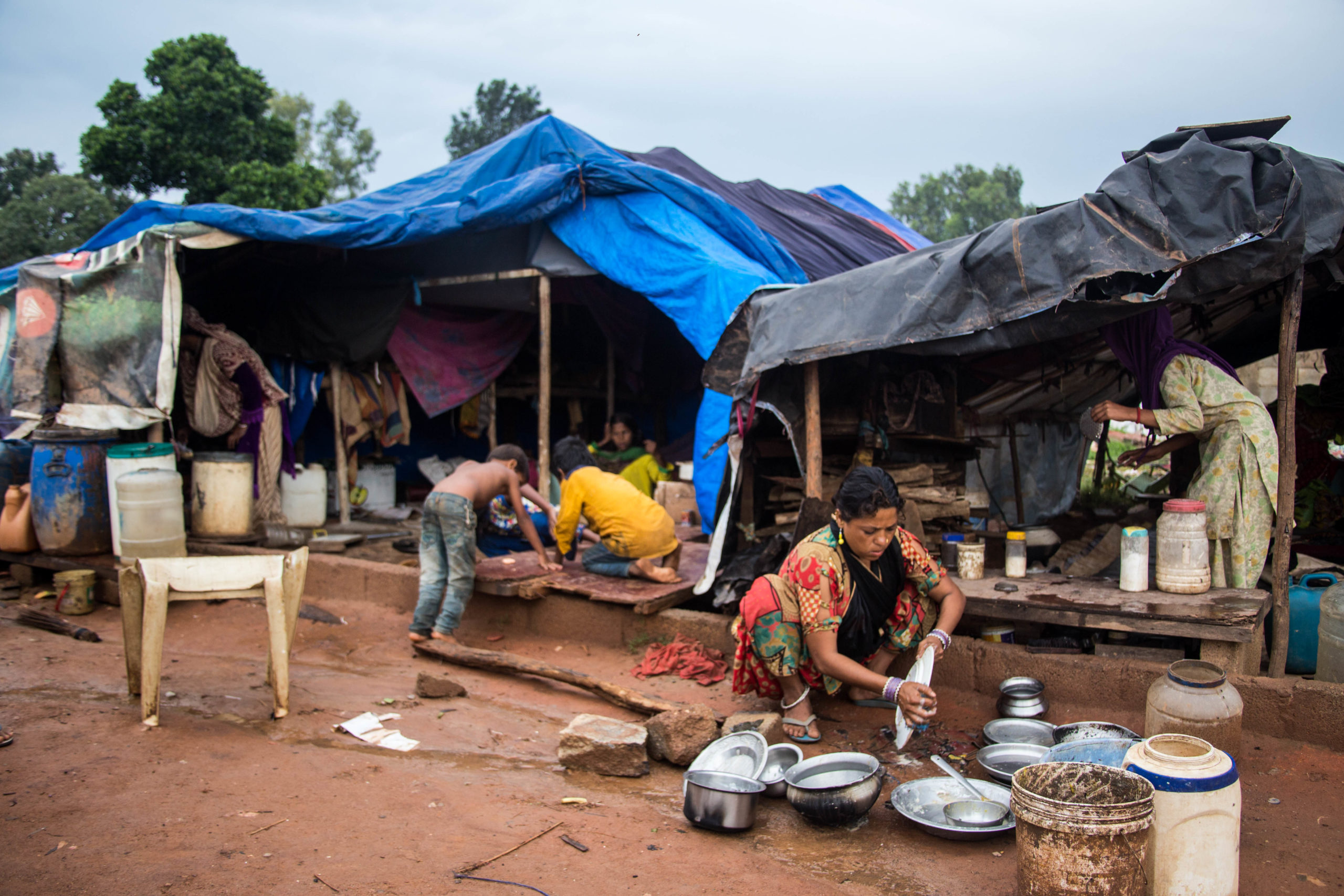Background
Since travelling has always been in their nature, the community has not established any proper ownership in terms of land/homes. They do have homes back in their village where all of the older people in the community (who cannot travel) settle down. However in and around the village their skill has no potential to generate income.All year around they travel and live on any piece of empty land they can find in and around cities. Due to the temporary, insecure nature of their settlement -their homes are often made of found tarpaulin sheets and second hand casuarina poles (sometimes even lesser than that).
As the musical instruments that they make typically have a narrow/niche customer segment they have started to make low cost drums for general people who may or may not be musicians. During festival time they have high sales and travel to areas where there are better market opportunities. In off seasons their business is minimal and if they are lucky they manage to sell one drum (Rs 100 a day. Their annual income on an average is approximately Rs 50,000. Although there are a few families who have bank accounts- basic financial literacy and concept of saving does not exist. Large chunk of their income is spent is spent on festivals, marriages and funerals. Capital for material and resources for making drums is a closely followed expenditure. After which basic food and energy (kerosene, firewood and mobile downloads+ charging) requirements drain their earnings in order to survive.
Primarily users needed dependable lighting systems that could a) protect children and their material in the dark and b) help them work after sunset to meet the demand in peak season. There was a need to device a technical and financial product that would be portable.
Technological Solution
3 Watt LED bulbs and portable battery packs are charged centrally for 30 households with a back of two days. System has been designed and installed on a cart with wheels keeping in mind migrant nature of the community.

Financial Model and Scheme
An initial deposit (Rs 200) and a community owned model where representatives from the community itself collect monthly instalments of Rs 100, Rs 300 and Rs 5000 will enable complete ownership of systems costing Rs 4000 per point in 2 years.
Key Aspects
The cart model was designed keeping in mind land insecurity and to adapt to their constant risk of being evicted
Since risks of shade, efficiency, security, maintenance, collections that can compromise the sustainability of the project would be too high with individual home systems; a collectively owned model was more feasible.
In peak seasons, they will now be able to meet the demand as they can sell during the day and focus on making more drums at night. Since they are free from paying large amounts towards kerosene they are able to put that saving in purchasing raw materials to more business.
Market linkages were established for the community since they were also making more drums through a stall in a prominent public fair. As a result they have established contacts with musical stores and set up stalls in 2 other fairs increasing their sales.
Exit strategy-If the community moves back to the village at any point before repayment of the entire system, the system will be given back to the foundation and the refundable deposit will be returned to the community.
Solution Design
All families own a one light + mobile charging point which includes a 3 W CFL bulb, a mobile charger. The central charging station has a provision for 7.5W of panel per 4.5Ah battery with autonomy of two days. The average cost of such a system including installation, 5 year warranty and 1 year annual maintenance is Rs4000. Mobile charging was also a major expenditure as it’s the only source of entertainment; individuals spent over Rs150 a month just on charging mobile phones. They now charge it at home for free. The first 30 systems are implemented through a community-owned model. As no bank could take on the risk, keeping funds as risk management- SELCO Foundation installed the central charging station on a deposit of Rs 200 from each family. The households pay a minimum of Rs100 per month and a maximum of Rs 400 (variable instalments) to a group of representatives chosen by them from within the community. The monthly collection is handed over to a community representative.
Testimonial
"Its like we have a sun in the night now. We can see our children's faces in the night, just talk to them and watch them play. It's a big difference. We dont have a light, we have longer days."
Impact
Livelihoods:Direct increase in income by over 10%-20%
Well-being: Comfort, safety, education, improved lifestyle
Switch from kerosene to solar (300 liters of kerosene/ year to solar energy)
Financial Savings: Rs 100 per month (they do not work under kerosene after dark)
Environmental Impact: Every year replaces carbon sequester by 18.2 tree seedlings grown for 10 years
